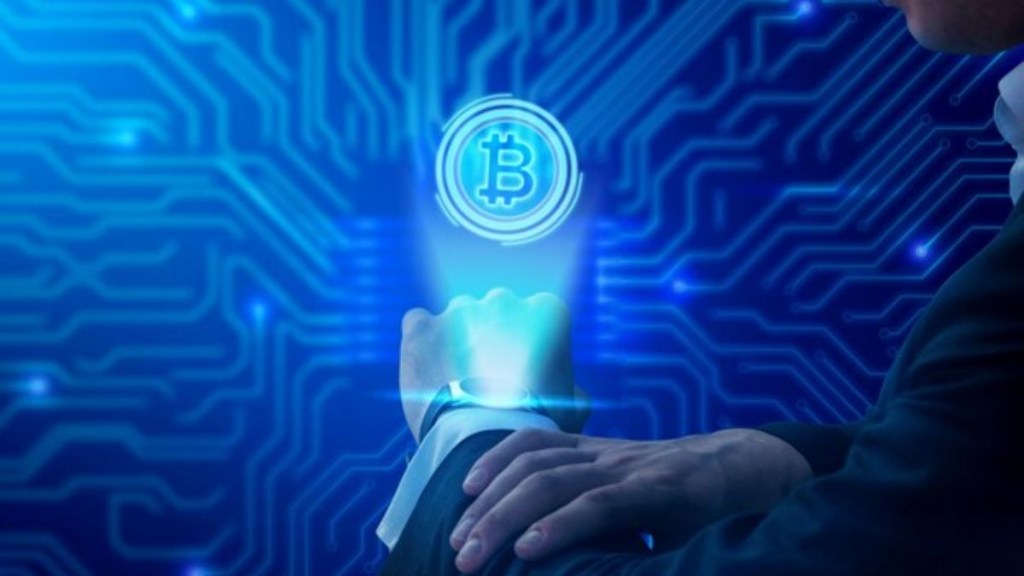By Anand Chandra
Advancement of means of exchange: The evolution of money has been driven by the need for a more convenient and efficient way to facilitate trade and commerce. We started with simple barter systems to trade goods and services, moved to commodity money (salt, seashells, and precious metals as a medium of exchange) and paper money, and are now in the era of electronic money and modern digital currencies (cryptocurrencies, etc.). As technology advances, new forms of money will continue to emerge, controlled more by machine intelligence and less by human intervention.
Digital currencies are typically based on encryption techniques that secure and verify transactions, and their value is determined by supply and demand in the market. These currencies operate on a decentralized network, allowing for secure and transparent transactions without intermediaries like banks or other financial institutions. A new form of digital currency making, Programmable Money (PM) represents a broader concept that encompasses the capabilities of cryptocurrencies but extends beyond them in several ways.
Programmable Money defined: PM is a centralized digital currency issued and controlled by a central authority, such as a government or a financial institution. It can be programmed to execute specific transactions or conditions automatically when certain criteria are met. This is made possible through smart contracts, which are self-executing contracts with the terms of the agreement written directly into code. PM includes a variety of financial instruments, such as central bank digital currencies (CBDCs), stablecoins, digital representations of traditional assets (tokenized securities), and more.
PM addresses the legitimacy that was lacking with cryptocurrencies. Nations and markets can now freely trade, seamlessly integrated with traditional financial systems and regulated institutions, across a broad range of financial activities, including payments, lending, borrowing, savings, insurance, and more. It also enables new business models and revenue streams, facilitating micropayments, pay-per-use services, and content monetization, opening up new possibilities for producers and consumers.
PM allows complex financial transactions to be automated without losing stepped traceability, reducing the need for intermediaries such as banks or other financial institutions. It enables micropayments (which otherwise are expensive to execute standalone) and promotes financial inclusion (providing financial services to unbanked and underbanked communities that are traditionally underserved by the banking system).
It incrementally builds on the smart contract model, bringing greater transparency and accountability to financial transactions. This can reduce the risk of fraud or other forms of malfeasance. Decentralised Finance (DeFi) built on PMtechnologies offers a wide range of financial services, including lending, borrowing, and earning interest, without relying on traditional banks. This opens up financial opportunities to a broader population.
The AI advantage: Insights-led trading decisions: Over the last decade, execution and guidance for cryptocurrency transactions has shifted from human judgement to Artificial Intelligence (AI) models. The current AI Integration lens is focussed on deriving trade execution parity, encompassing market sentiment assessment, price arbitrage, volatility predictions, market fluctuations, global events etc. These algorithms process vast amounts of data, news articles, social media sentiment, and historical price patterns to make informed trading decisions within the PM marketplace. GenAI models help assess portfolio diversification and provide recommendations on risk mitigation strategies.
Extensibility: Cryptocurrency networks like Bitcoin and Ethereum are reported to have scalability issues (though some would dispute it). Financial services firms are using AI engines to optimise transaction processing, enhance network performance, improve upstream/downstream connection topology and reduce congestion during periods of high demand. Some cryptocurrency projects are exploring AI-driven consensus mechanisms to improve scalability for high-latency trade matching / settlement. Smart contracts help AI create and manage tokenized assets and, on blockchain platforms, have been quite disruptive (e.g., Ethereum uses AI oracles to connect blockchain data with real-world information). AI models are assisting in anomaly detection, identity verification, anti-money laundering and KYC (Know Your Customer).
Evolvement: While AI offers numerous benefits to the cryptocurrency space, it also raises concerns related to privacy, price manipulation, data security, and the potential for algorithmic bias. As PM continues to evolve, AI integration will have more prominence, with benefits and challenges for the marketplace as a whole. On the regulatory side, as PM solutions become more interoperable, regulators must address how transactions and assets moving between different blockchains and networks will be regulated and monitored. I want to leave the readers with a monologue: how should AI integration in cryptocurrencies balance ethical considerations and challenges?
The author is growth leader – banking, financial services and insurance business unit and mergers and acquisition leader, Accolite









